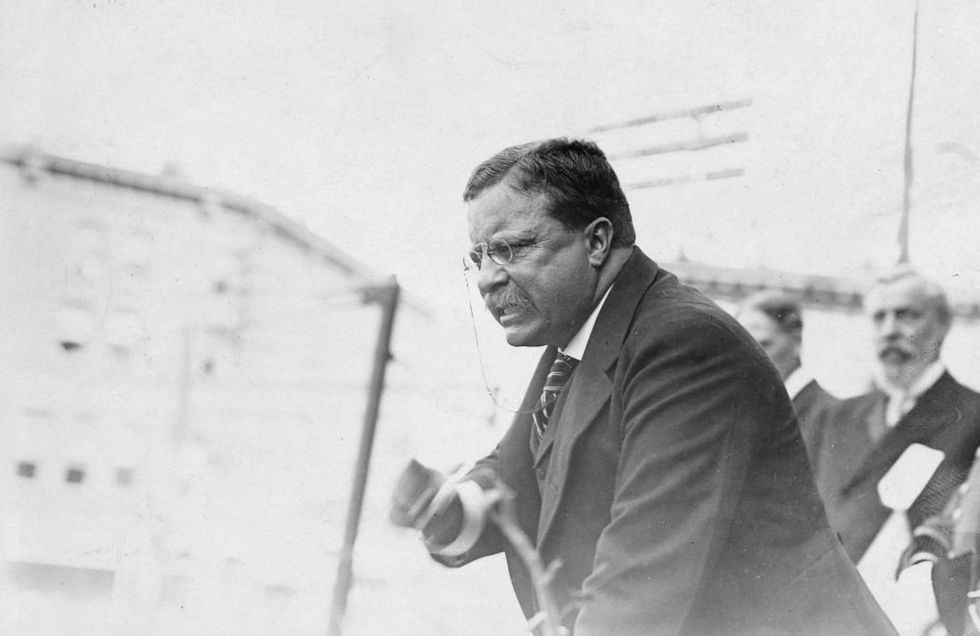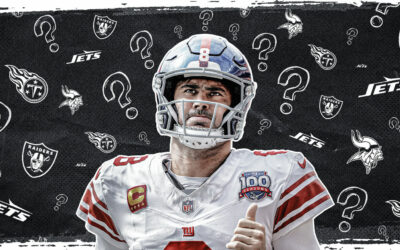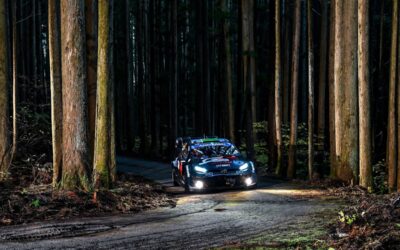Teddy Roosevelt: Presidential pugilist

Our 26th president was the most jacked man ever to occupy the Oval Office.
Teddy Roosevelt regularly took his advisors on rough, obstacle-filled hikes through the wilds of Washington, D.C., and frequently boxed at work (a habit he only stopped when a detached retina left him blind in one eye).
At Harvard, he had been a wrestler, albeit a mediocre one. That didn’t stop him from pursuing the sport well into adulthood. As governor of New York, Roosevelt met Mike Dwyer, the then U.S. middleweight wrestling champion. Soon, the two were sparring a few times a week in the Executive Mansion’s billiards room. (Roosevelt had a mat installed for this purpose.
As the New York Times reported on December 1, 1899:
The Governor was attired in regulation wrestling costume of tights and trunk. His chest was bare … Mr. Dwyer found that his pupil was no novice in the sport, and was surprised by an attempt on the part of the Governor at a cross-buttock, a trick which is common in the West.
But Roosevelt was not always a prime physical specimen. As a child, he was frail and sickly. When he was 12, his concerned father took him aside and said, “You have the mind but not the body, and without the help of the body, the mind cannot go as far out as it should. You must make your body.”
This wisdom prompted the young Roosevelt to embark on a lifelong quest for physical mastery, leading to a celebrated military career and a series of public offices culminating in the presidency.
“The credit belongs to the man who is actually in the arena, whose face is marred by dust and sweat and blood,” goes Roosevelt’s oft-cited exhortation. He was a man who made dust and sweat and blood an essential part of his education. He stands a tribute to the glories of the vigorous life and to the uniquely American power of self-invention.








